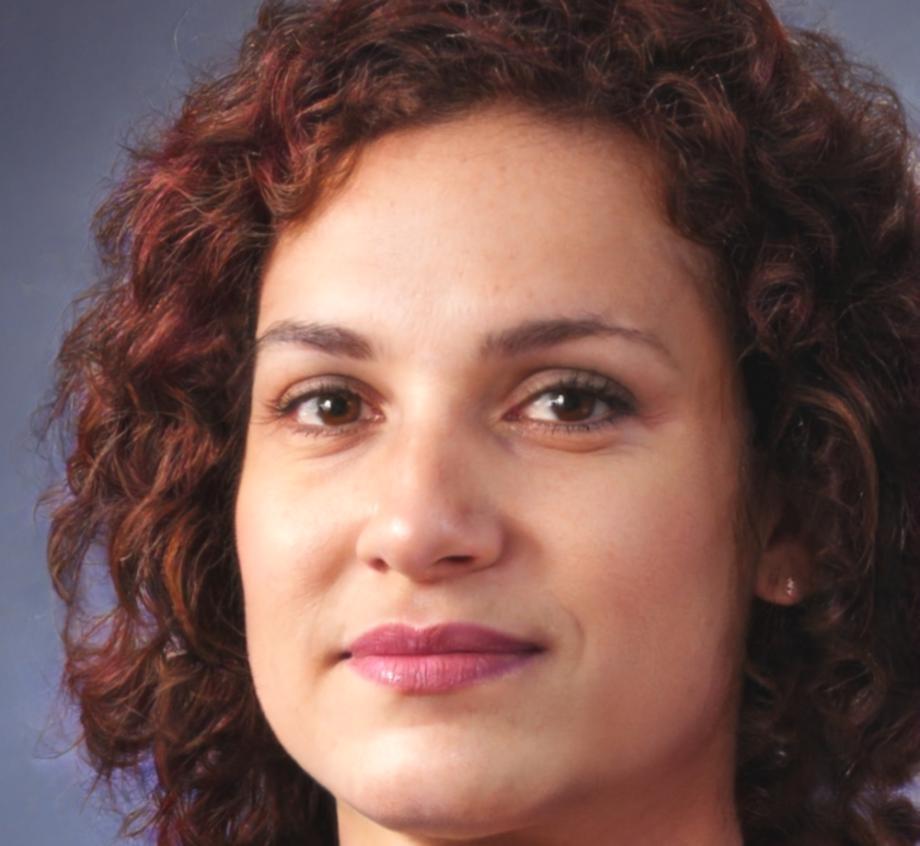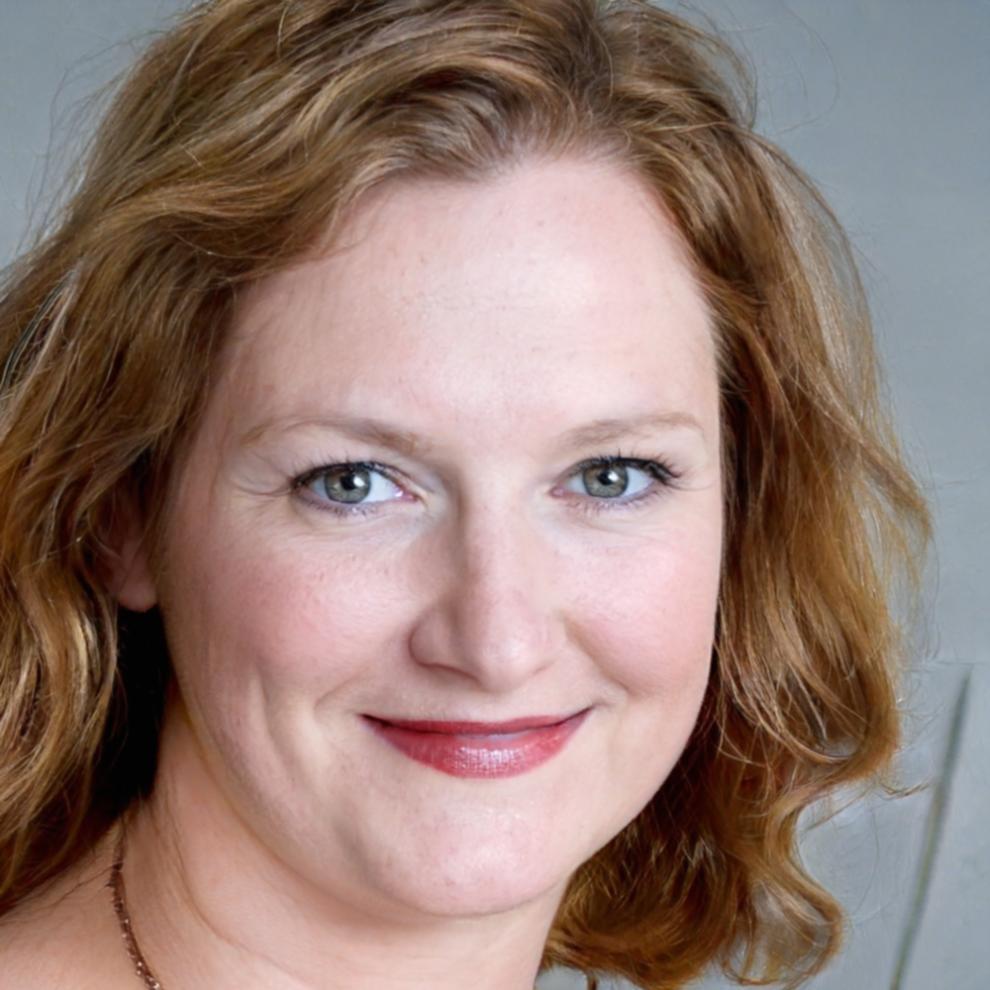From Vietnam to Global Finance Standards
Our approach works whether you're analyzing Vietnamese enterprises or international corporations. We teach principles that translate across markets and accounting standards.
You'll work with cases from different industries—manufacturing, tech, retail—so you understand how business models affect financial structures. A software company's metrics look nothing like a construction firm's, and good modelers know why.




